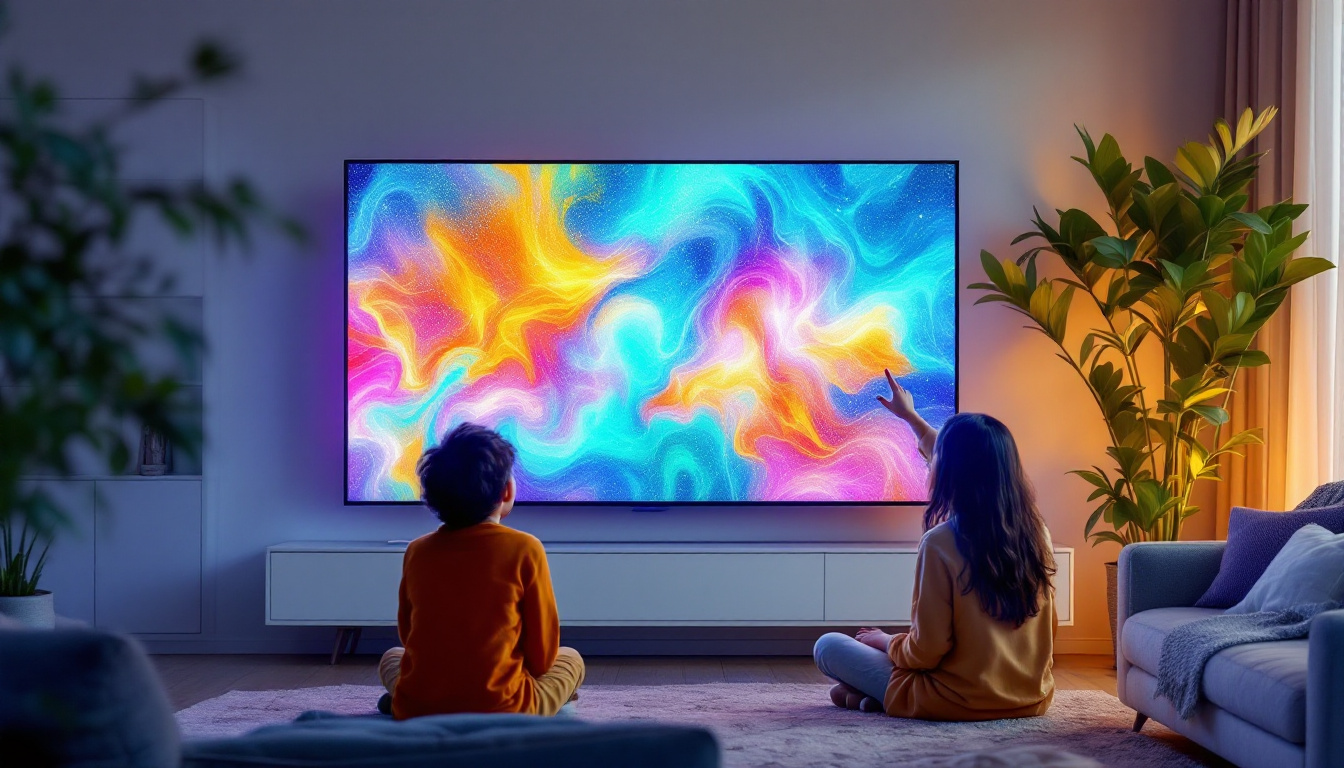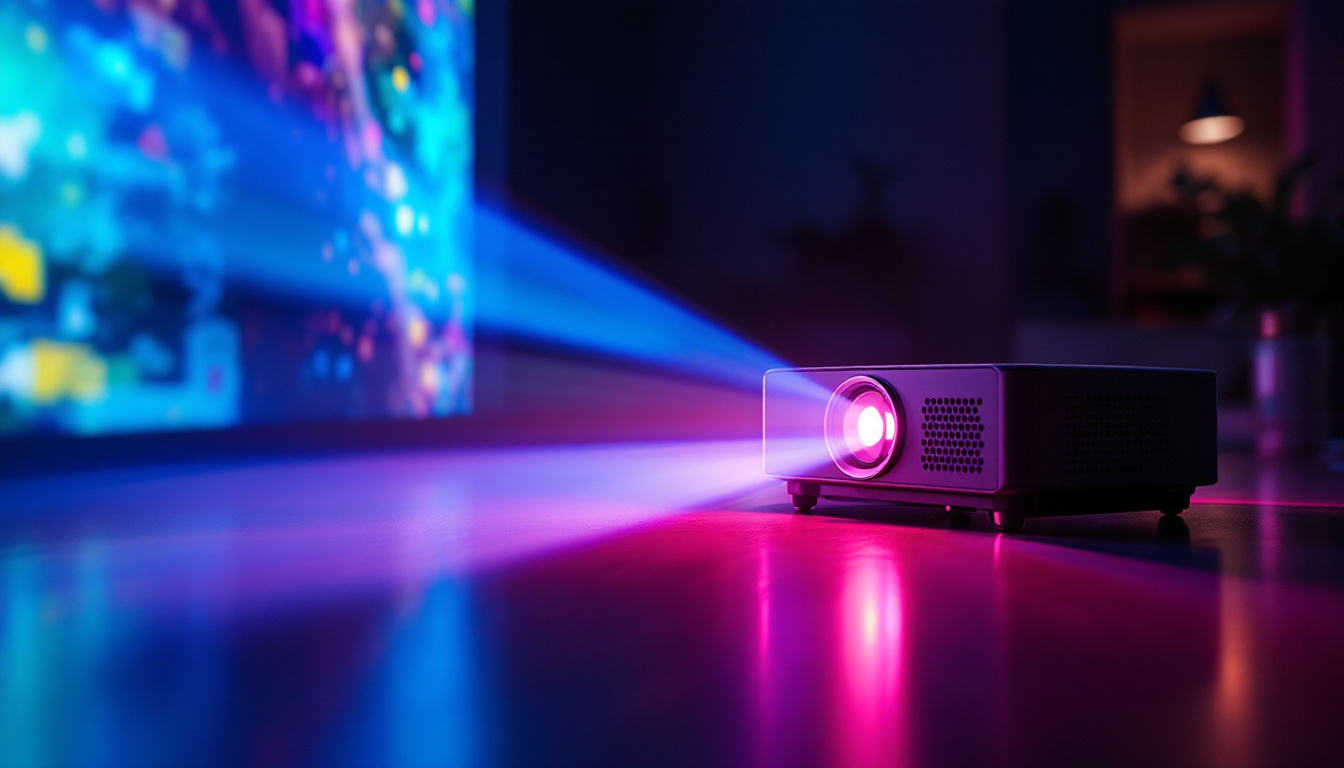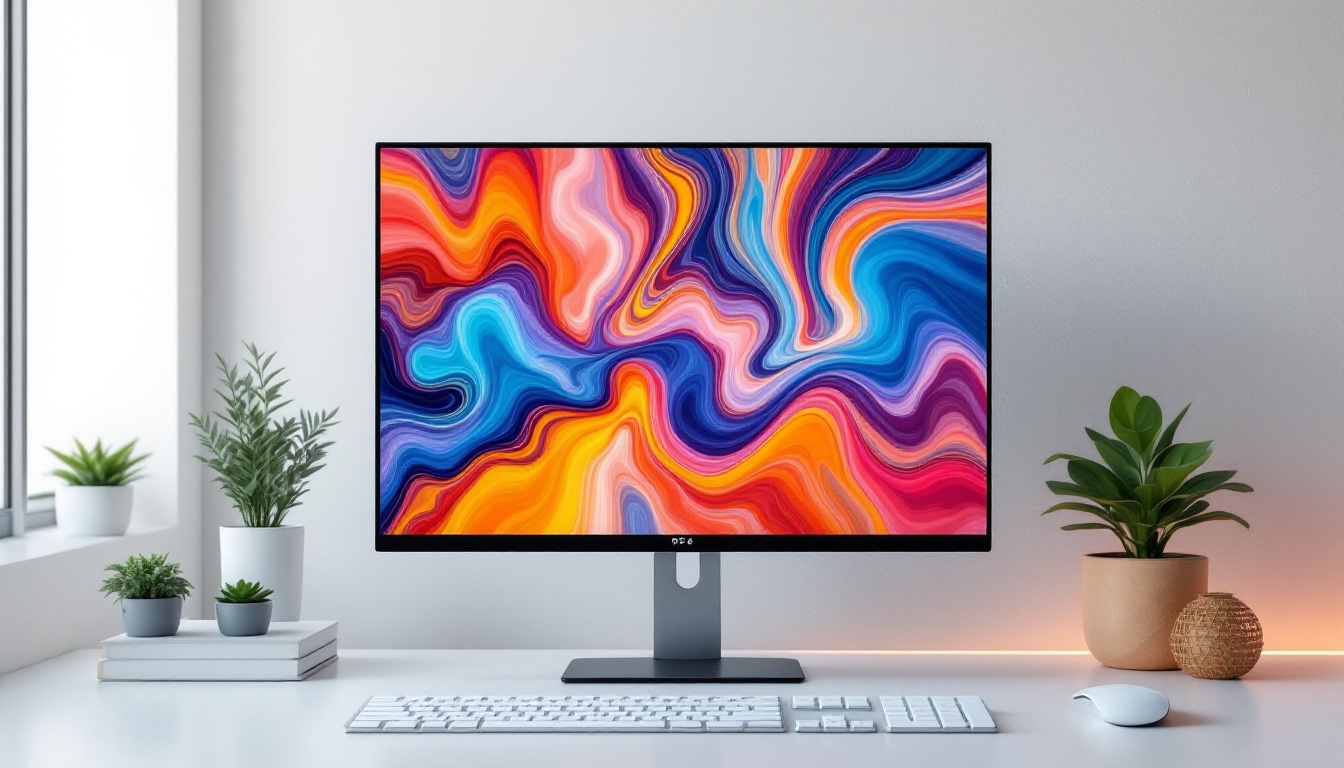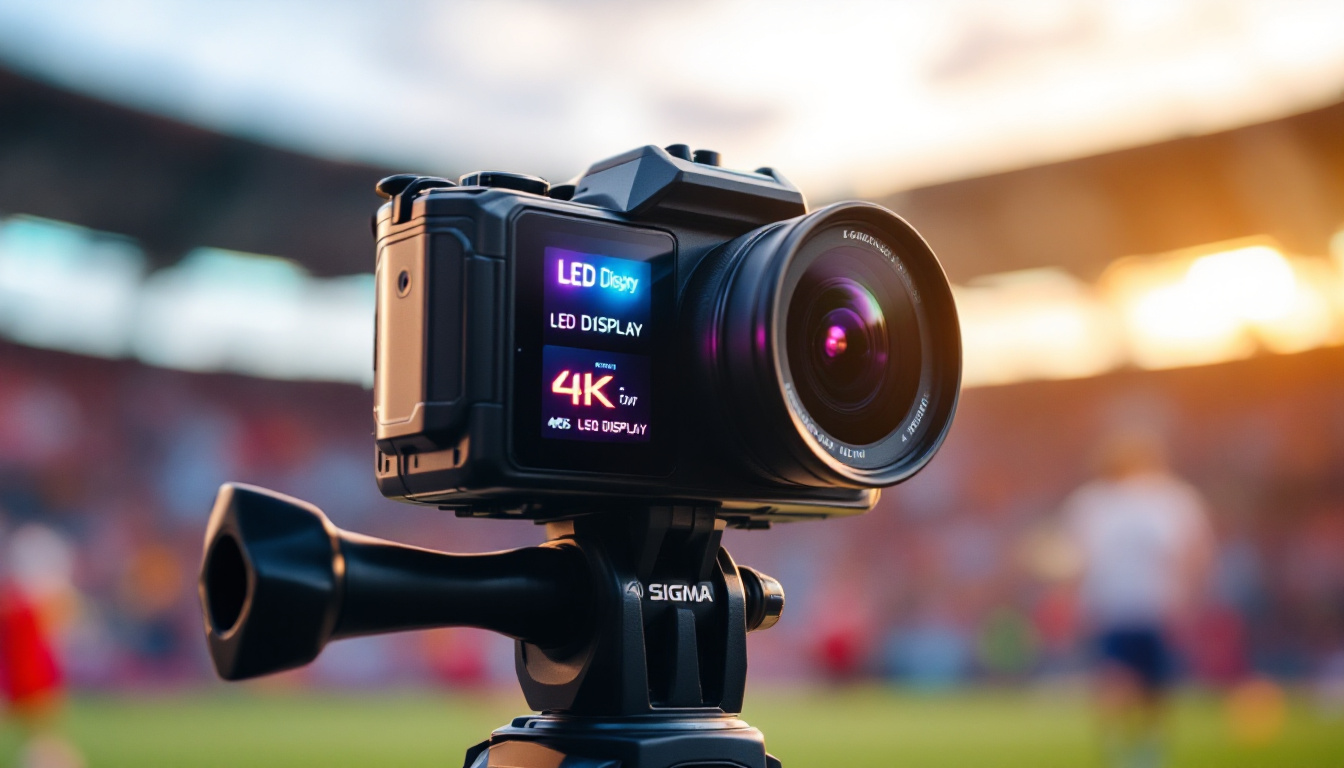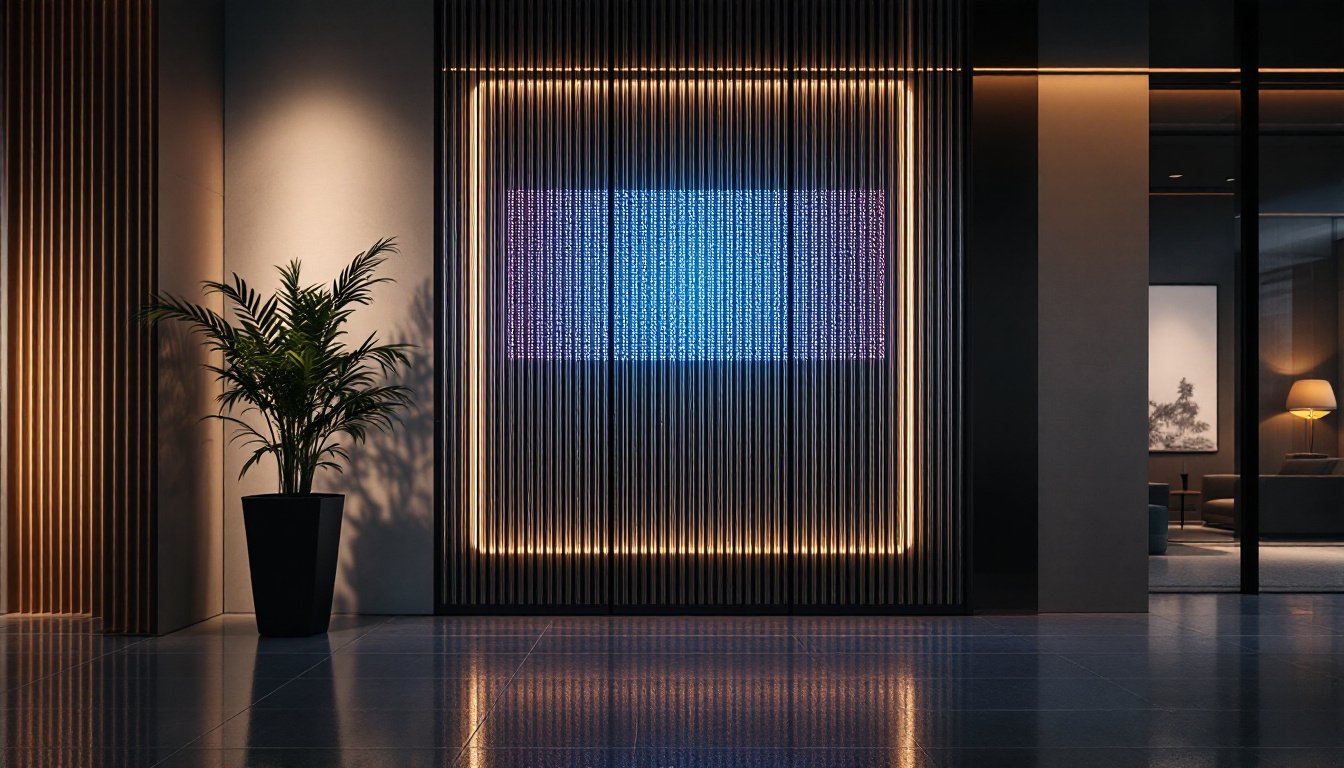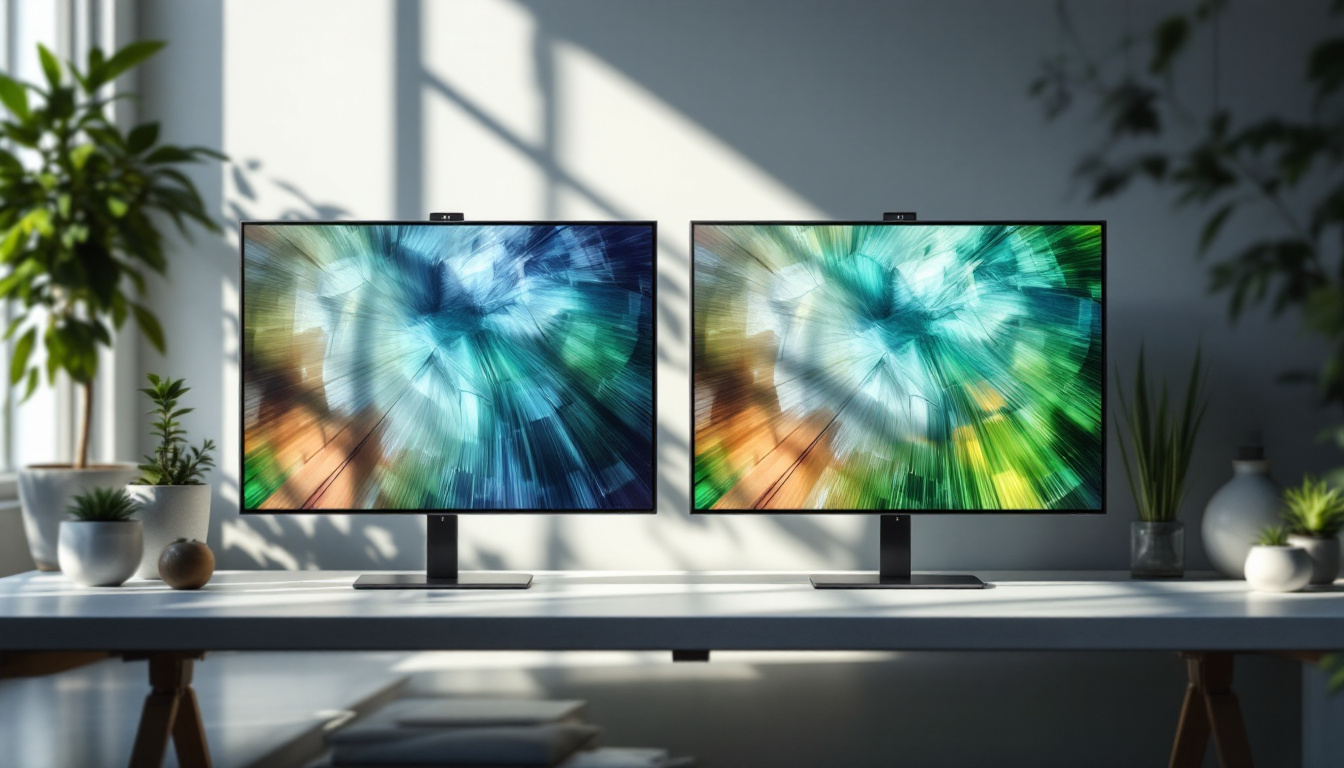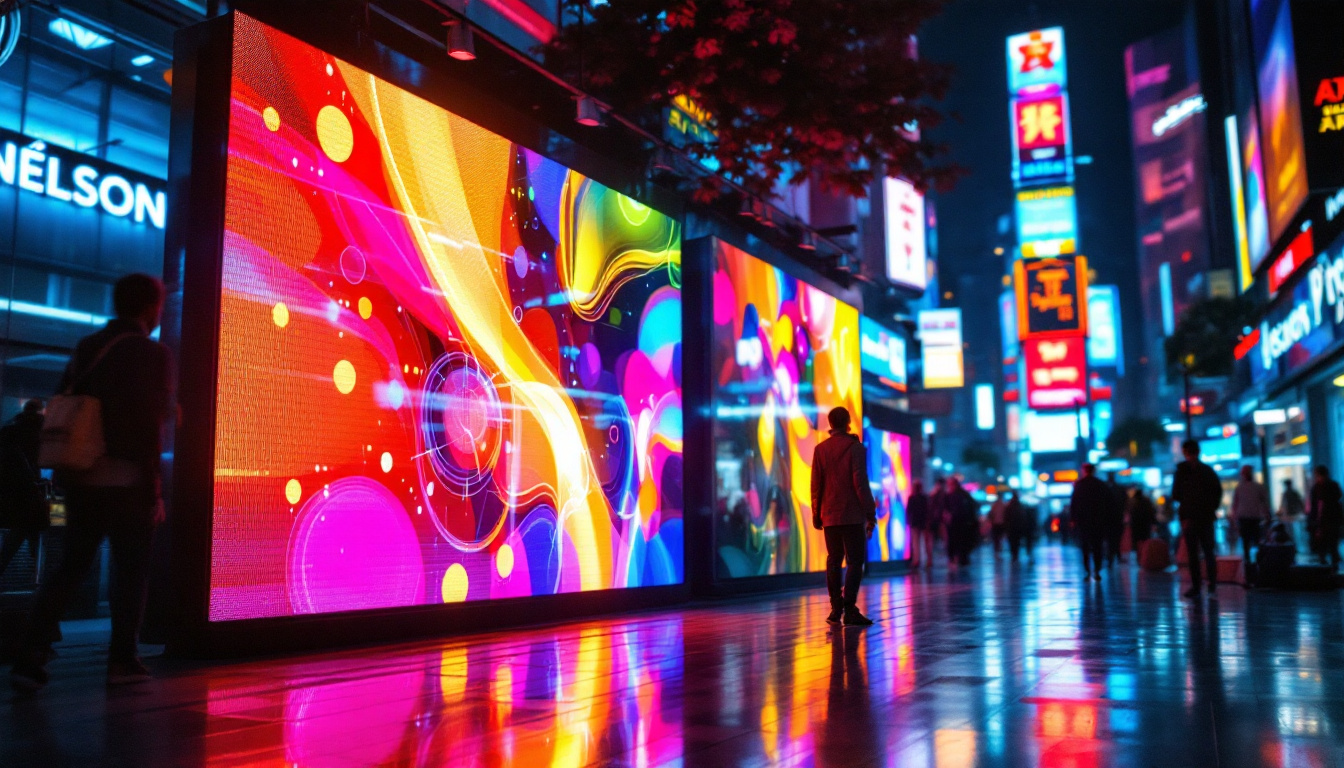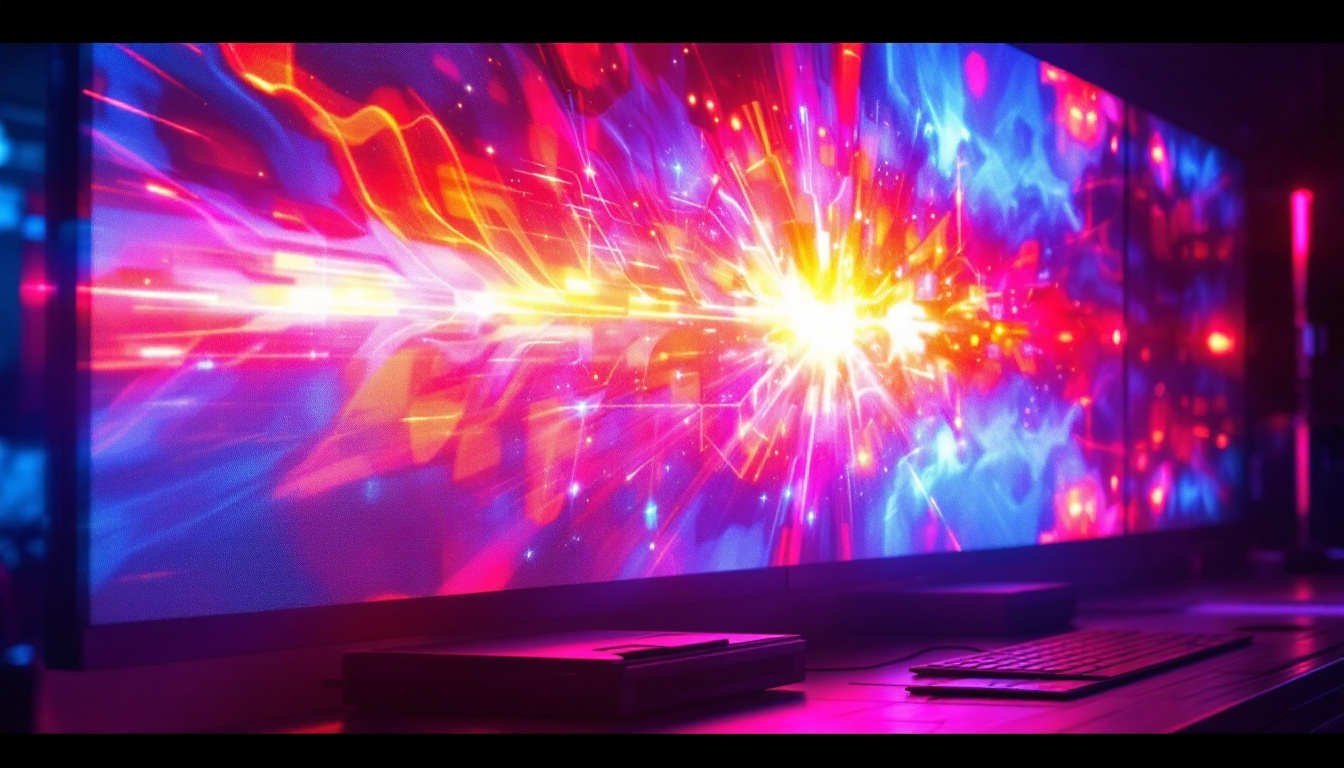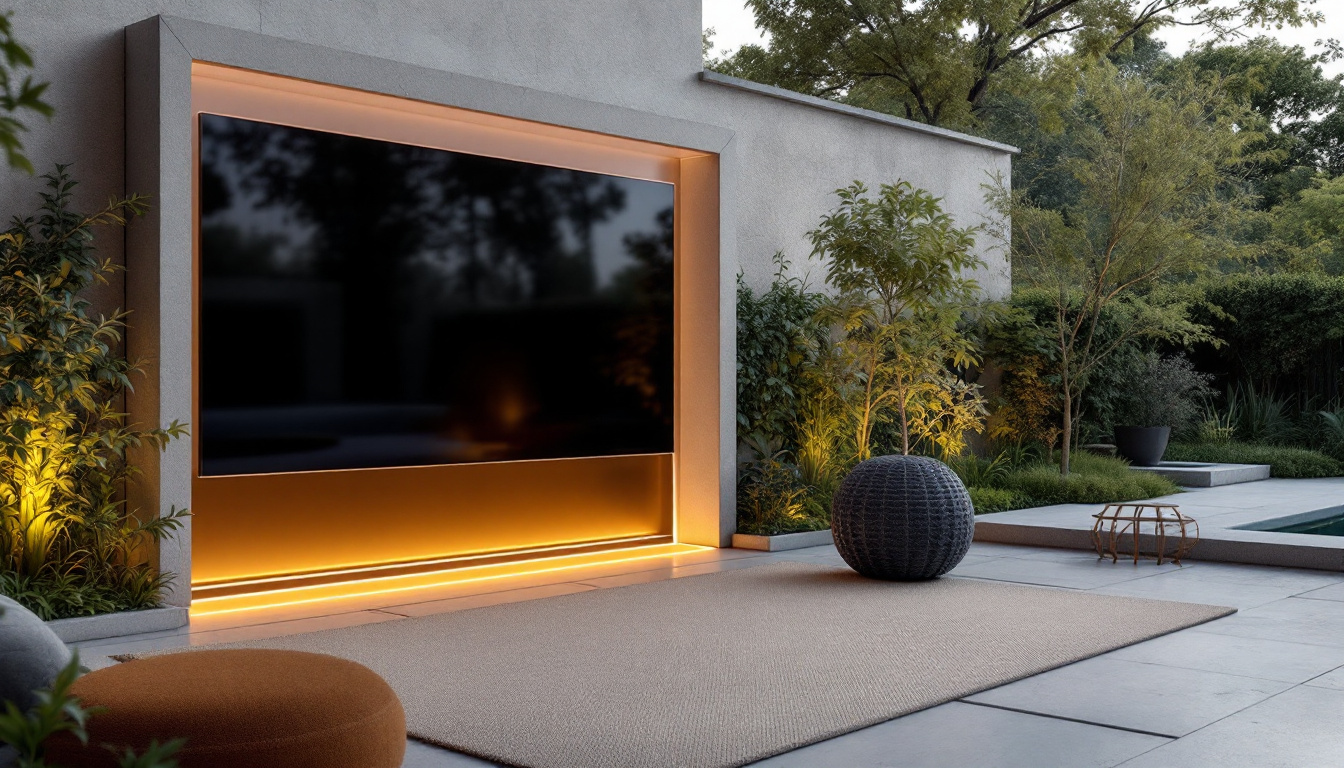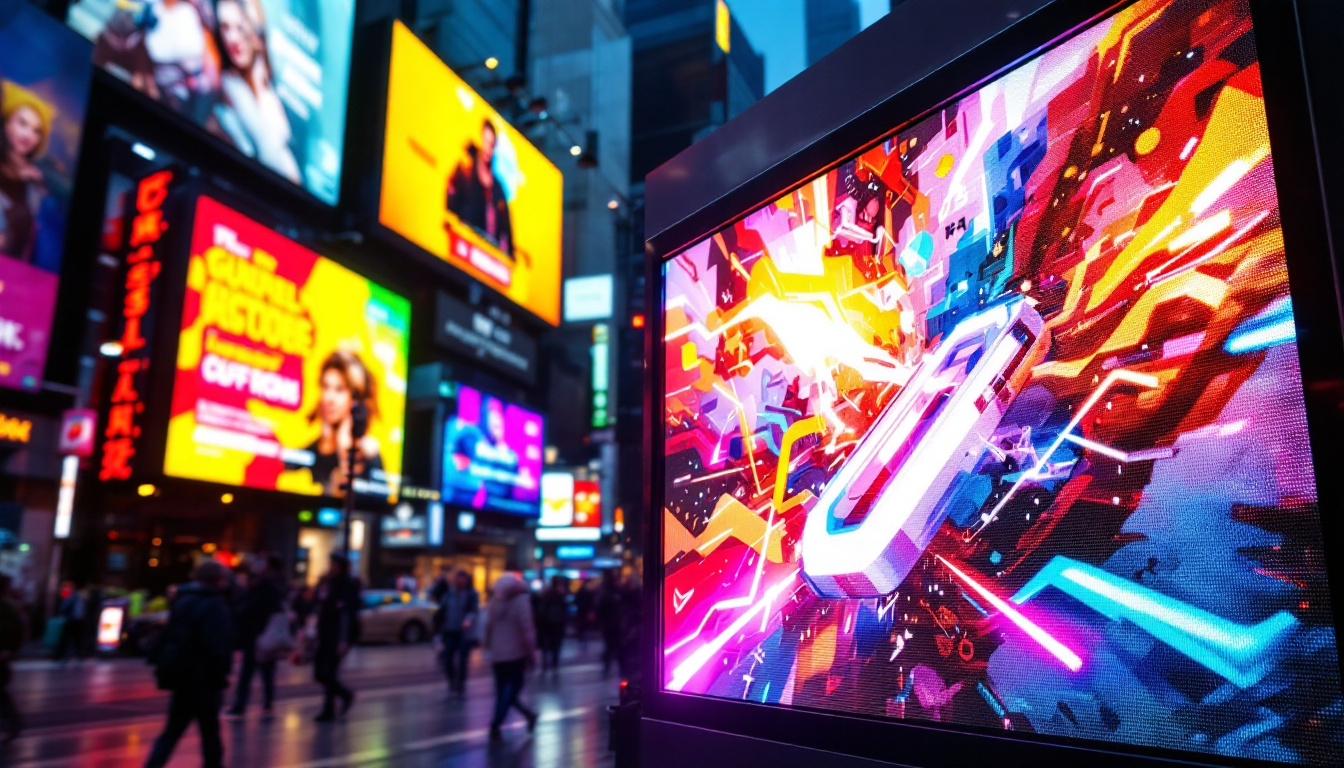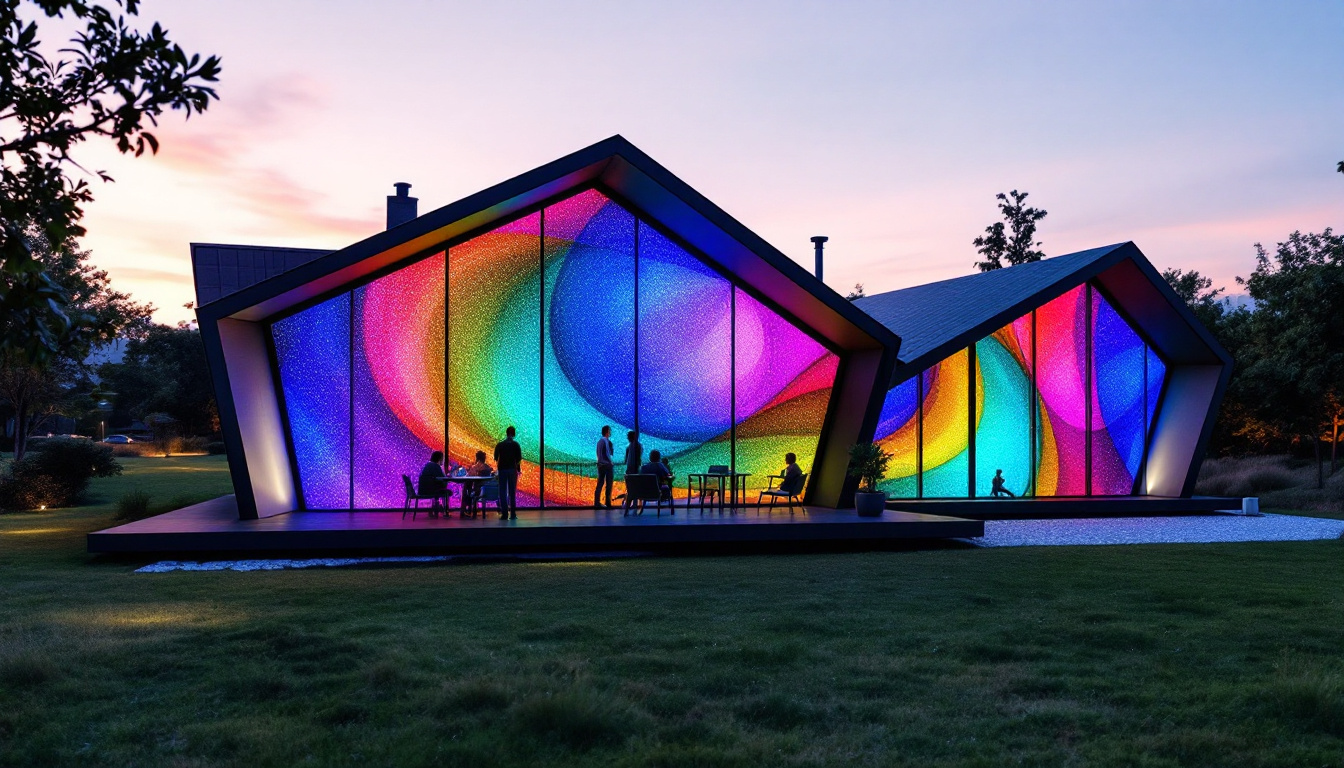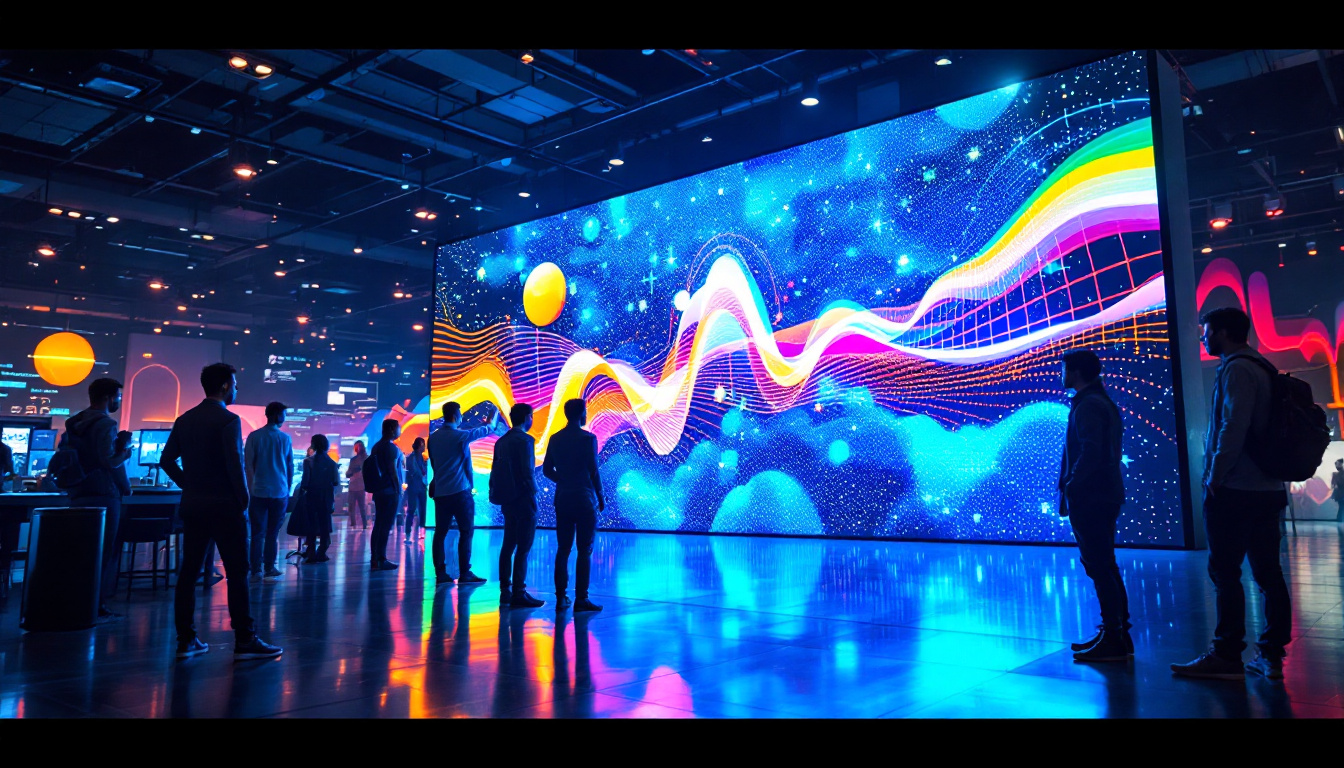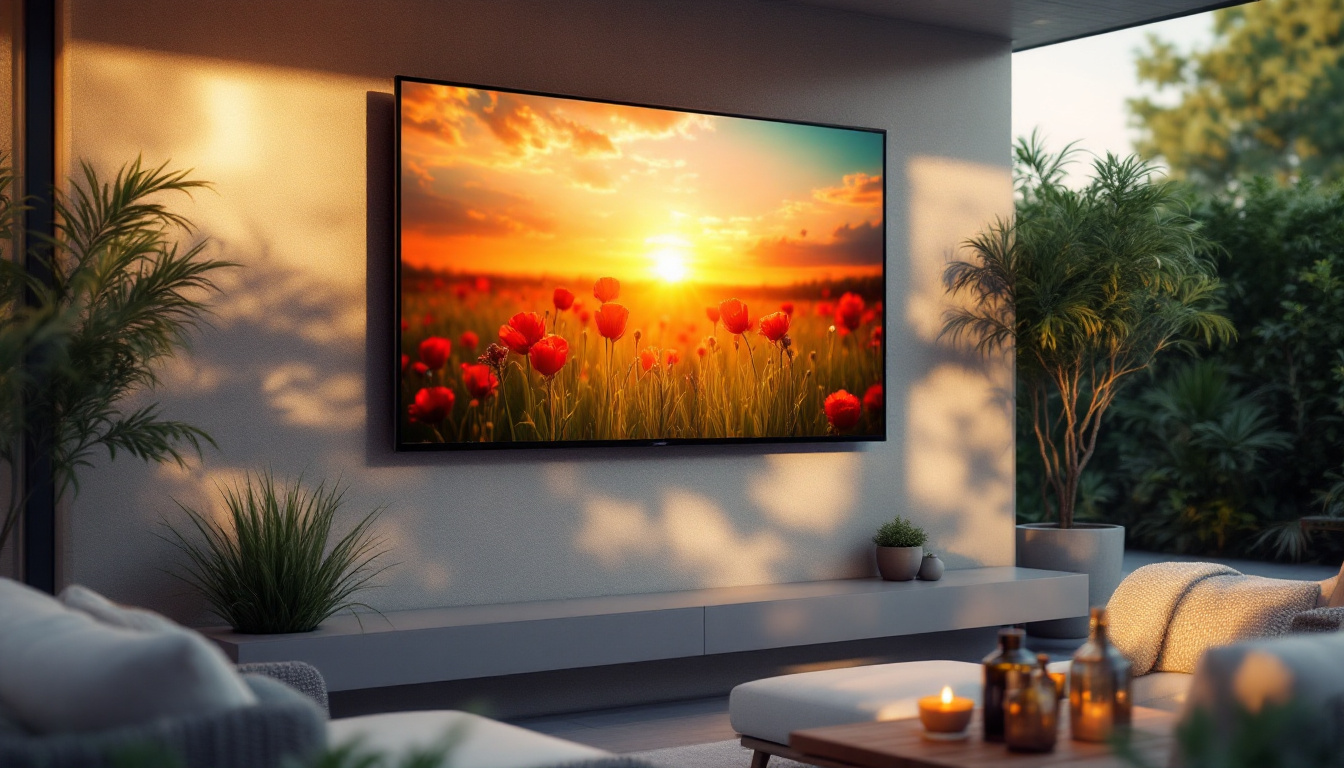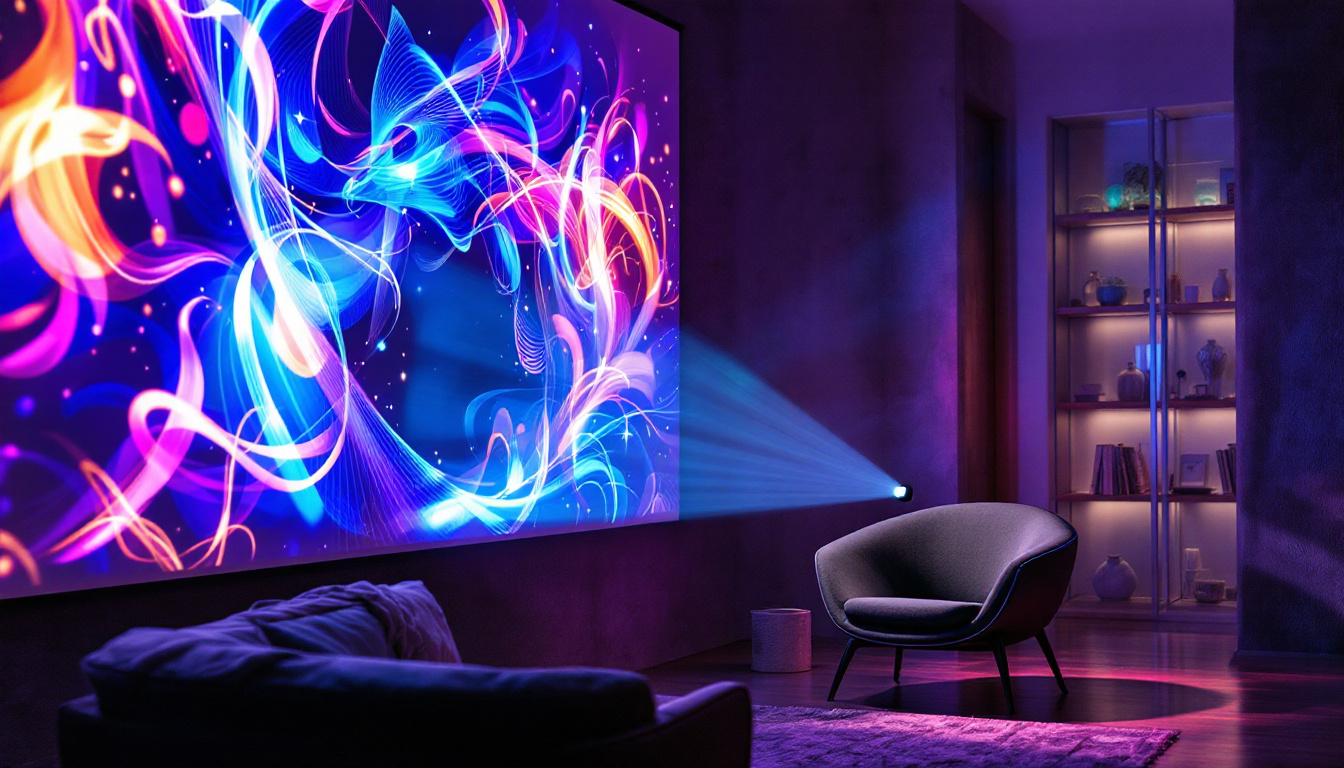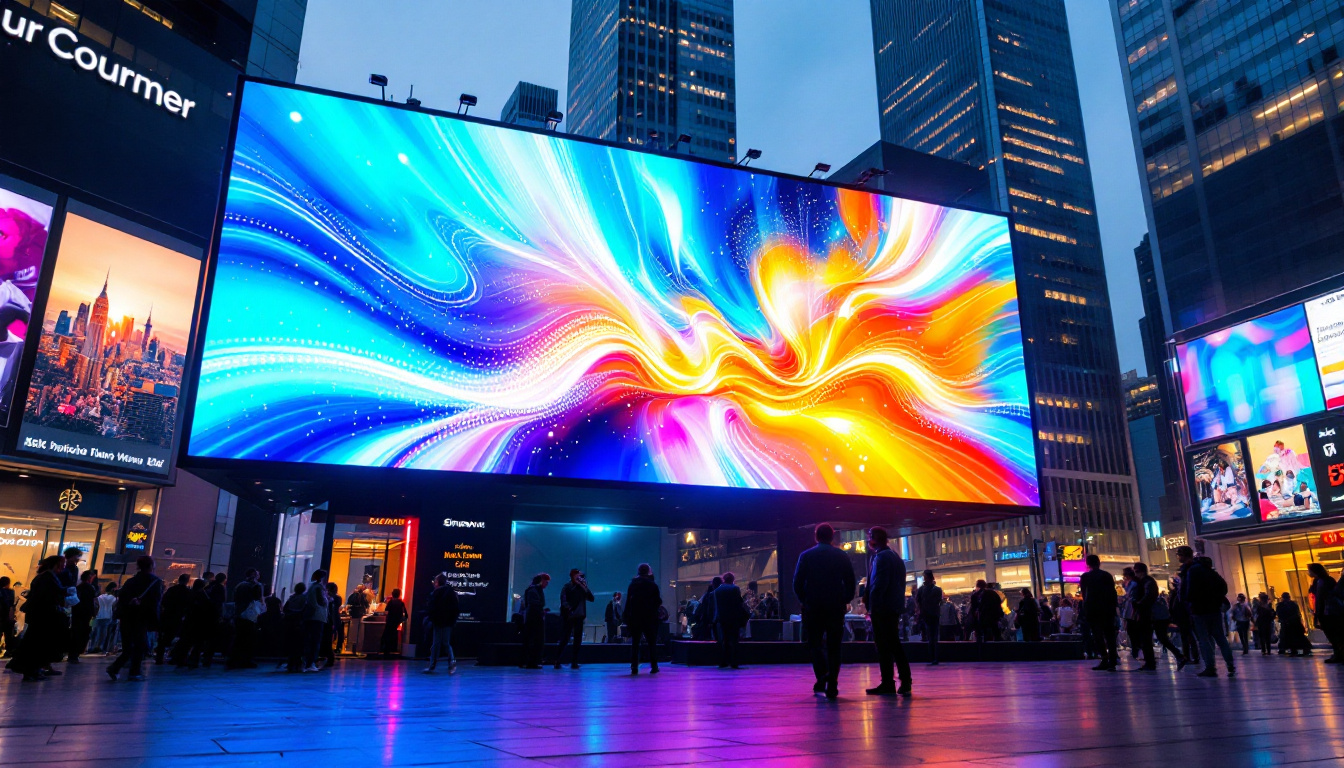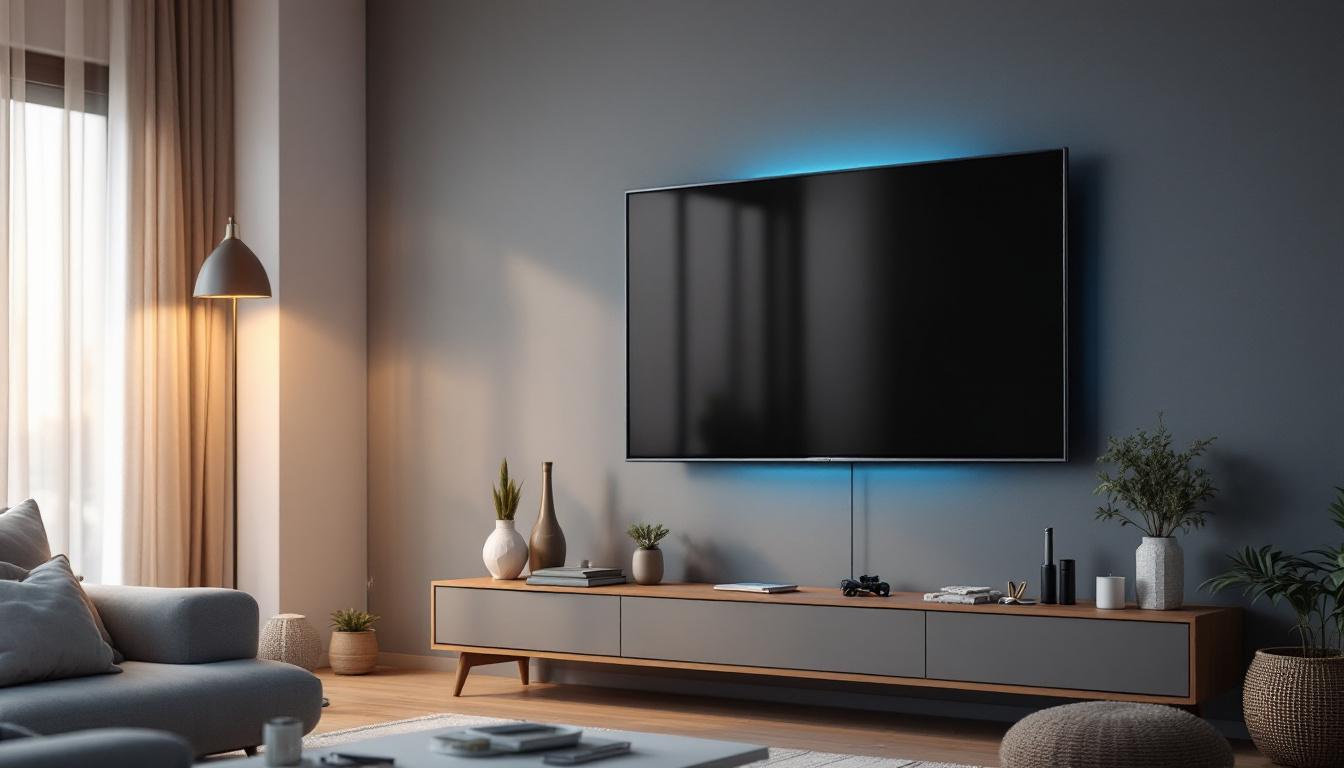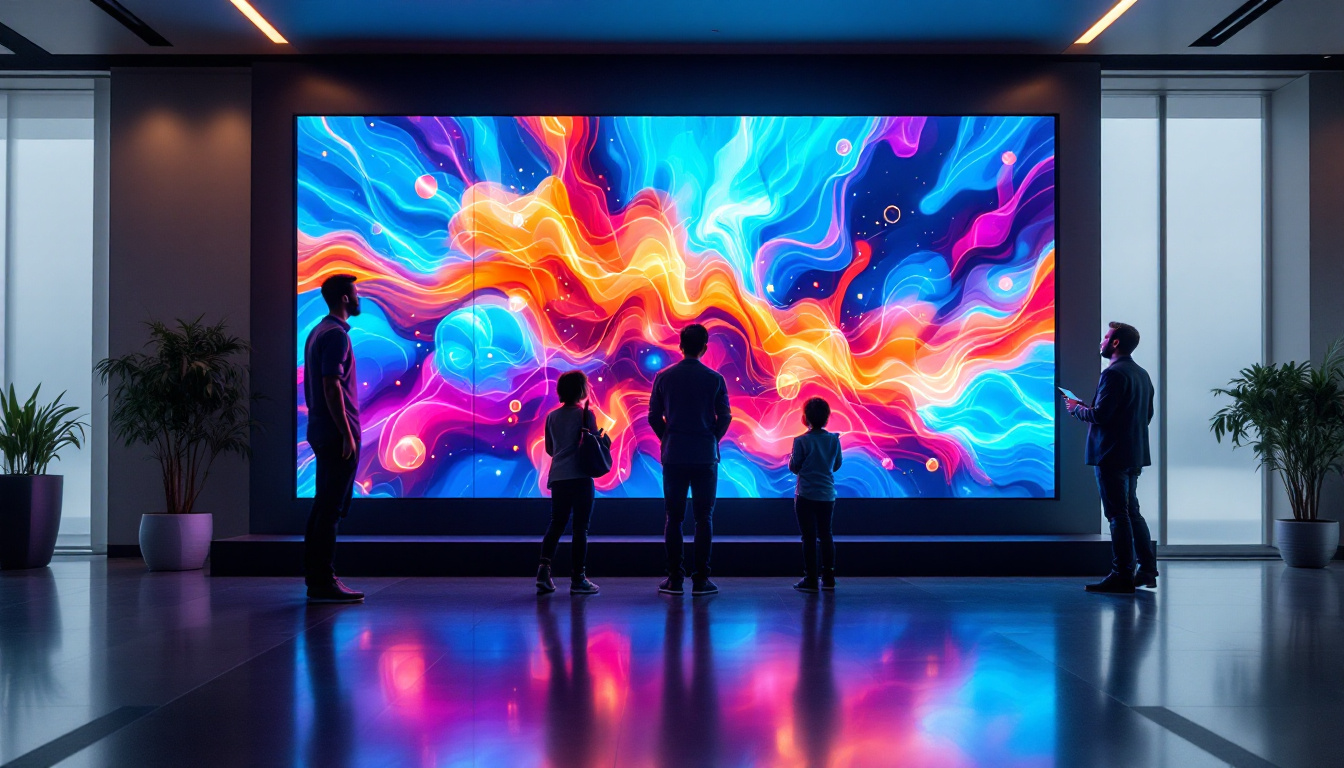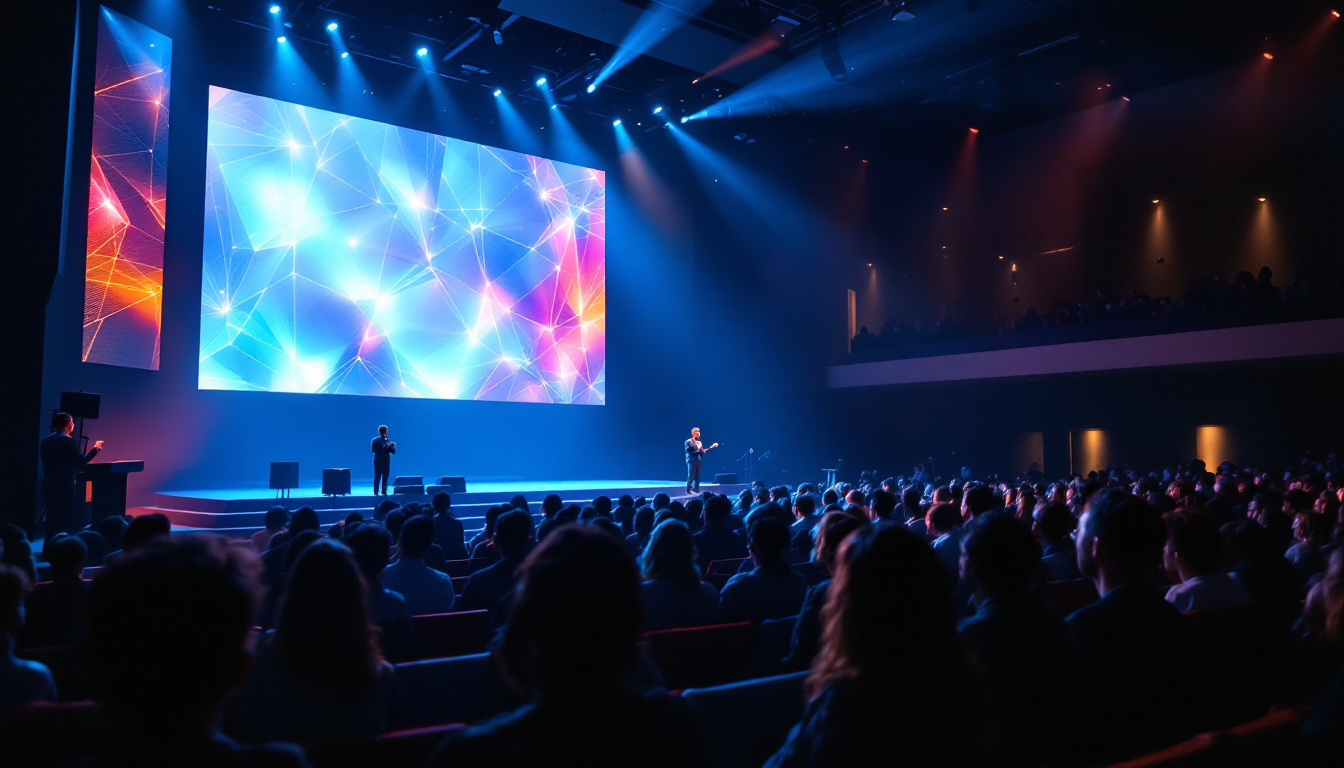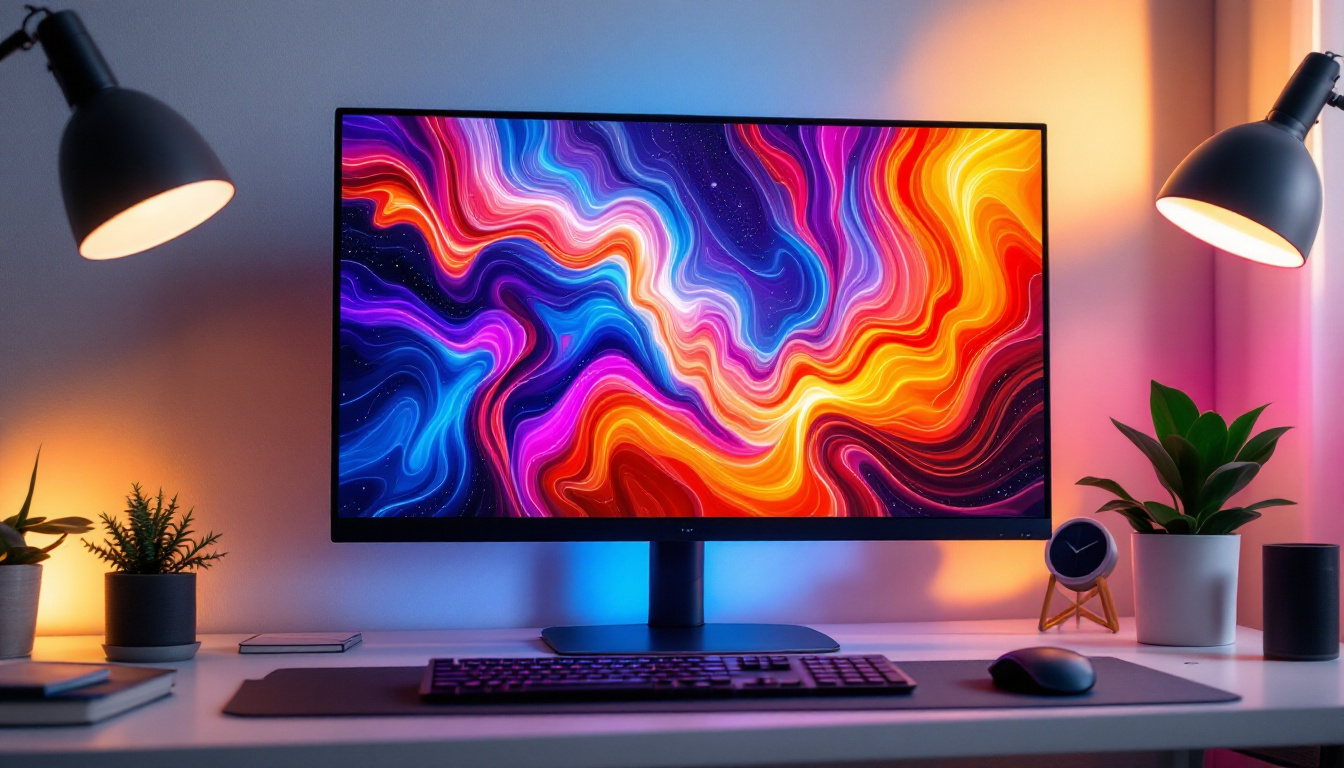Large Touchscreen TV: LED Display Explained
In the rapidly evolving world of technology, large touchscreen TVs have emerged as a popular choice for both home and commercial use. These devices offer a unique blend of entertainment and interactivity, making them ideal for presentations, gaming, and immersive viewing experiences. At the heart of these large touchscreen TVs lies the LED display technology, which significantly enhances picture quality and energy efficiency. This article delves into the intricacies of LED displays, their advantages, and how they contribute to the functionality of large touchscreen TVs.
Understanding LED Display Technology
LED, or Light Emitting Diode, technology has revolutionized the way images are displayed on screens. Unlike traditional LCD screens that utilize fluorescent backlighting, LED displays use an array of tiny diodes to produce light. This fundamental difference leads to various benefits, including improved color accuracy, contrast, and energy efficiency.
How LED Displays Work
LED displays operate by using a matrix of light-emitting diodes to illuminate pixels. Each pixel consists of red, green, and blue subpixels, which combine to create a full spectrum of colors. When a particular color is needed, the corresponding subpixels are activated, allowing for precise control over brightness and color saturation. This technology enables LED displays to produce vibrant images with deep blacks and bright whites, making them ideal for large screens.
There are two primary types of LED displays: edge-lit and full-array. Edge-lit LED displays have LEDs positioned along the edges of the screen, while full-array displays feature a grid of LEDs behind the screen. Full-array displays generally offer superior picture quality, as they can achieve better local dimming and uniform brightness across the entire screen. Furthermore, advancements in technology have led to the development of mini-LED and micro-LED displays, which utilize even smaller diodes for increased precision in color and brightness control. These innovations push the boundaries of what is possible in display technology, allowing for even thinner designs and more immersive viewing experiences.
Advantages of LED Displays
One of the most significant advantages of LED displays is their energy efficiency. Compared to traditional LCDs, LED screens consume less power, which can lead to lower electricity bills and a reduced carbon footprint. Additionally, LED technology allows for thinner and lighter screens, making it easier to mount large touchscreen TVs on walls or transport them for events.
Another key benefit is the enhanced picture quality. LED displays provide higher brightness levels and improved contrast ratios, resulting in more dynamic images. This is particularly important for large touchscreen TVs, where viewers are often seated at varying distances. The ability to maintain image clarity and color accuracy across a wide viewing angle is essential for an enjoyable viewing experience. Moreover, the rapid response time of LED displays minimizes motion blur, making them ideal for fast-paced content such as sports and action movies. As a result, viewers can enjoy a seamless experience without the distractions of lag or distortion, further enhancing the appeal of LED technology in both home and commercial settings.
Applications of Large Touchscreen TVs
Large touchscreen TVs have found their way into various settings, from homes to corporate environments. Their versatility and interactive capabilities make them suitable for a wide range of applications.
Home Entertainment
In the realm of home entertainment, large touchscreen TVs serve as the centerpiece for family gatherings and movie nights. With the ability to stream content from various sources, including Netflix, Hulu, and YouTube, these devices provide endless entertainment options. Furthermore, many large touchscreen TVs come equipped with smart features, allowing users to control their viewing experience through voice commands or mobile apps.
Gaming is another area where large touchscreen TVs excel. The immersive experience offered by a large screen combined with interactive touch capabilities enhances gameplay. Gamers can navigate menus, control characters, and interact with the game environment in ways that traditional remotes cannot match. Moreover, many modern games are designed to take full advantage of the touchscreen interface, allowing for gestures and multi-touch inputs that create a more intuitive and engaging gaming experience.
Additionally, large touchscreen TVs can serve as digital art displays or photo frames, showcasing family memories or curated artwork when not in use for entertainment. With the ability to connect to social media and cloud storage, users can easily display their favorite images or even create dynamic slideshows that add a personal touch to their living spaces.
Corporate and Educational Use
In corporate settings, large touchscreen TVs are increasingly used for presentations and collaborative work. Their interactive features allow multiple users to engage with the content simultaneously, facilitating brainstorming sessions and team discussions. Additionally, the ability to share screens and annotate directly on the display enhances communication and understanding among team members. This interactivity not only makes meetings more engaging but also boosts productivity, as participants can visualize ideas in real-time and make instant adjustments to their presentations.
In educational environments, large touchscreen TVs serve as powerful teaching tools. Educators can present lessons, conduct interactive quizzes, and engage students in a more dynamic manner. The touch capabilities enable students to participate actively, fostering a more engaging learning experience. Furthermore, these devices can be integrated with educational software that allows for real-time feedback and assessment, helping teachers to tailor their instruction based on student responses. The use of large touchscreen TVs in classrooms can also bridge the gap between traditional learning and modern technology, preparing students for a future where digital literacy is paramount.
Moreover, large touchscreen TVs can facilitate remote learning by allowing educators to connect with students from different locations. With video conferencing capabilities, teachers can conduct virtual classes, share resources, and maintain an interactive classroom environment, ensuring that learning continues seamlessly, regardless of physical distance.
Choosing the Right Large Touchscreen TV
When selecting a large touchscreen TV, several factors should be considered to ensure the best fit for specific needs and preferences.
Screen Size and Resolution
Screen size is a critical factor when choosing a large touchscreen TV. The ideal size will depend on the viewing distance and the space available. A larger screen may be more immersive, but it should also be proportionate to the room to avoid overwhelming the space.
Resolution is another essential consideration. Most large touchscreen TVs come in Full HD (1080p) or 4K (2160p) resolutions. While Full HD is sufficient for many applications, 4K resolution provides sharper images and is particularly beneficial for larger screens, as it allows for closer viewing without sacrificing clarity.
Touch Technology
Different touchscreen technologies can significantly impact the user experience. Capacitive touchscreens, which respond to the electrical conductivity of the human body, are often preferred for their sensitivity and accuracy. On the other hand, resistive touchscreens, which rely on pressure, can be less responsive but may work better in environments where users wear gloves or use styluses.
Additionally, the number of simultaneous touch points can vary between models. For collaborative environments, a TV that supports multiple touch points allows several users to interact with the screen at once, enhancing teamwork and engagement.
Maintenance and Care for Large Touchscreen TVs
To ensure longevity and optimal performance, proper maintenance and care for large touchscreen TVs are essential. Regular cleaning and careful handling can significantly extend the lifespan of these devices.
Cleaning the Screen
Cleaning the screen of a large touchscreen TV should be done with care to avoid damage. It is advisable to use a microfiber cloth and a gentle cleaning solution specifically designed for electronics. Avoid using paper towels or abrasive materials, as they can scratch the surface. When cleaning, always turn off the TV and allow it to cool down to prevent any damage from heat.
For stubborn smudges or fingerprints, a mixture of distilled water and white vinegar can be effective. Lightly dampen the cloth with the solution and gently wipe the screen in circular motions. This method helps maintain the clarity and quality of the display.
Software Updates
Many large touchscreen TVs come with built-in software that requires regular updates to ensure optimal performance and security. Keeping the software up to date can enhance functionality, fix bugs, and introduce new features. Users should check for updates periodically and follow the manufacturer’s instructions for installation.
Future Trends in Large Touchscreen TVs
The future of large touchscreen TVs is promising, with several emerging trends that are likely to shape the industry in the coming years.
Integration with Smart Home Systems
As smart home technology continues to advance, large touchscreen TVs are expected to integrate seamlessly with other smart devices. This integration will allow users to control lighting, temperature, and security systems directly from their TV. Voice-activated assistants will play a crucial role in this evolution, enabling users to manage their home environment effortlessly.
Enhanced Interactivity and AI Features
Artificial intelligence (AI) is poised to enhance the interactivity of large touchscreen TVs. Future models may incorporate AI-driven features that personalize content recommendations based on viewing habits and preferences. Additionally, advanced gesture recognition technology could allow users to control the TV without physical contact, further enhancing the interactive experience.
Conclusion
Large touchscreen TVs equipped with LED display technology offer a unique combination of entertainment and interactivity. Their vibrant picture quality, energy efficiency, and versatility make them an excellent choice for various applications, from home entertainment to corporate environments. By understanding the intricacies of LED displays, the advantages they bring, and the factors to consider when choosing a large touchscreen TV, consumers can make informed decisions that enhance their viewing experience.
As technology continues to evolve, the future of large touchscreen TVs looks bright, promising even more exciting features and capabilities. Whether for personal use or professional settings, these devices are set to redefine the way we interact with visual content.
Discover LumenMatrix’s Innovative LED Solutions
Ready to elevate your visual experience with the latest in LED display technology? LumenMatrix is at the forefront of creating immersive and interactive environments that truly stand out. From captivating Indoor LED Walls to dynamic Outdoor LED Displays, and from mobile Vehicle LED Displays to engaging LED Sports Displays, our solutions are designed to revolutionize visual communication. Explore our full range of products, including the versatile All-in-One LED Display and the stunning LED Transparent Display, to find the perfect fit for your home, business, or event. Check out LumenMatrix LED Display Solutions today and see your world in a whole new light.

